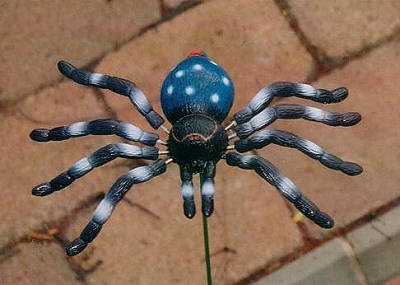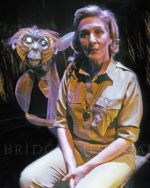 By all accounts the two-part 6 hour stage adaptation of Philip Pullman’s trilogy His Dark Materials is absolutely stunning. I think it has had two seasons at the National Theatre in London: one in 2003, and a second that finished earlier this month.
By all accounts the two-part 6 hour stage adaptation of Philip Pullman’s trilogy His Dark Materials is absolutely stunning. I think it has had two seasons at the National Theatre in London: one in 2003, and a second that finished earlier this month.
The daemons, physical manifestations of the human soul in the shape of animals that reflect a person’s character, are puppets. They were designed by Michael Curry, who is perhaps best known for the puppets in The Lion King. Stagework has an extensive website on the adaptation, and its possible to see a few of the initial designs there, and glimpses of the puppetry in some of the video clips:
Operating the golden monkey
Lyra meets Mrs Coulter
Cittagazee performance
Captured by bears
Lyra and Iorek (scene in rehearsal)
In both these and the puppets in ‘The Lion King’, I think the magic lies in how the overall shape and actions of the creatures are suggested. Often the puppeteers are built into the shape in unexpected ways, and they use their whole bodies to make the animal move. In ‘The Lion King’, for instance, the puppeteers playing the hyenas held the hyena heads low down and at arms length, while their own heads provided the high shoulder line that is so distinctive in a hyena’s overall shape. Likewise, the polar bears in ‘His Dark Materials’, are defined by a puppeteer holding a head mask in one hand and a great clawed paw in the other, with just the suggestion of great shoulders in what looks like a flexible curved line between the two, and a powerful lumbering gait.
Bridge to the stars, which looks as if its the natural online home for ‘His Dark Materials’ fans, has a section on the stage adaptation, including a guide to the Stagework site, images and reviews.
 Analogia (Andres Amador) has a lovely gallery of large scale sand circle patterns, made on the beaches of San Fransisco. The patterns are made by raking the sand , exposing the wetter, and therefore darker, sand underneath. Phidelity has other images of the same circles, and includes some designs to be considered for future circles.
Analogia (Andres Amador) has a lovely gallery of large scale sand circle patterns, made on the beaches of San Fransisco. The patterns are made by raking the sand , exposing the wetter, and therefore darker, sand underneath. Phidelity has other images of the same circles, and includes some designs to be considered for future circles. 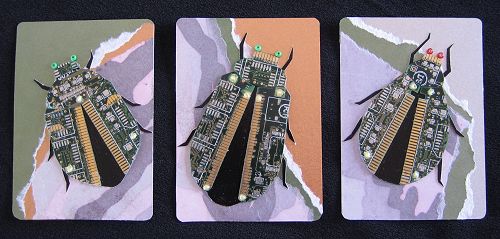
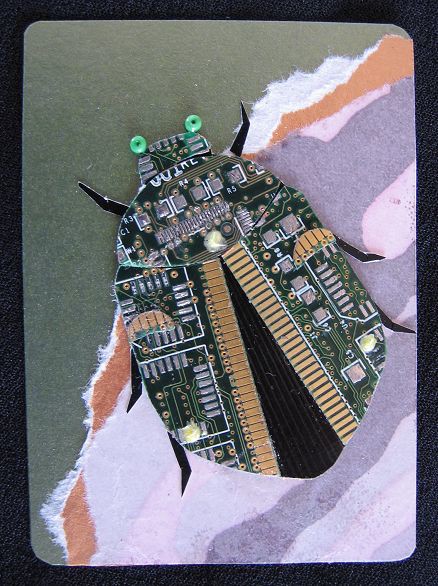
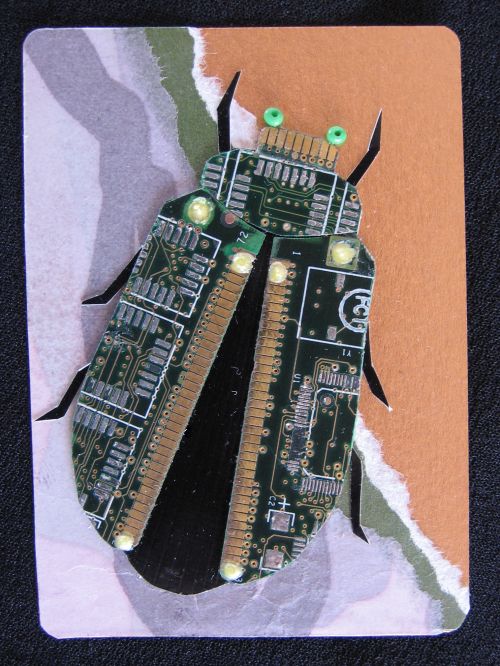
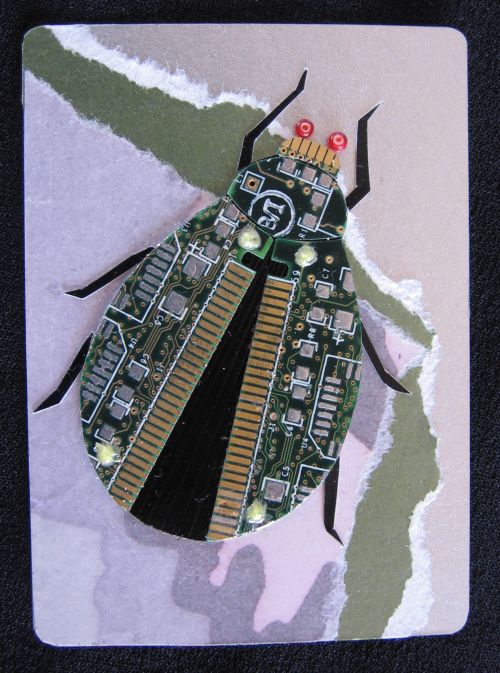
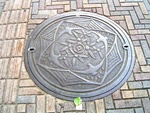
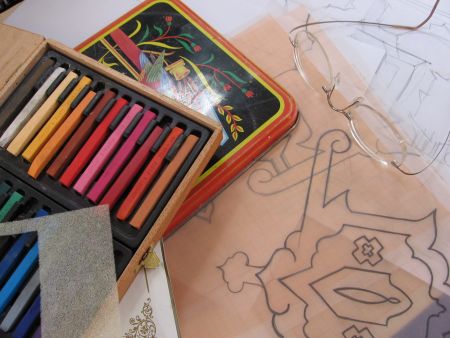
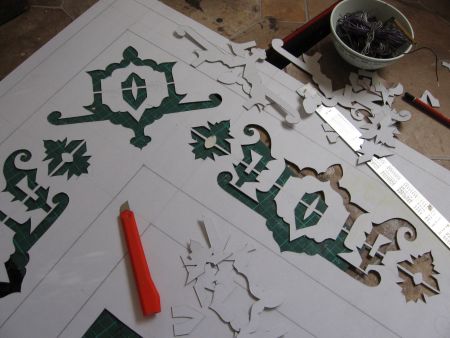



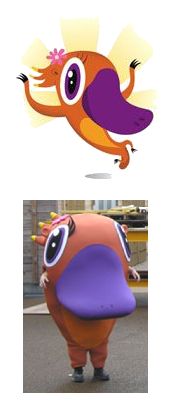 Oh yeah, the World EXPO also has a pavilion mascot, a platypus called
Oh yeah, the World EXPO also has a pavilion mascot, a platypus called 
 By all accounts the two-part 6 hour stage adaptation of Philip Pullman’s trilogy
By all accounts the two-part 6 hour stage adaptation of Philip Pullman’s trilogy 